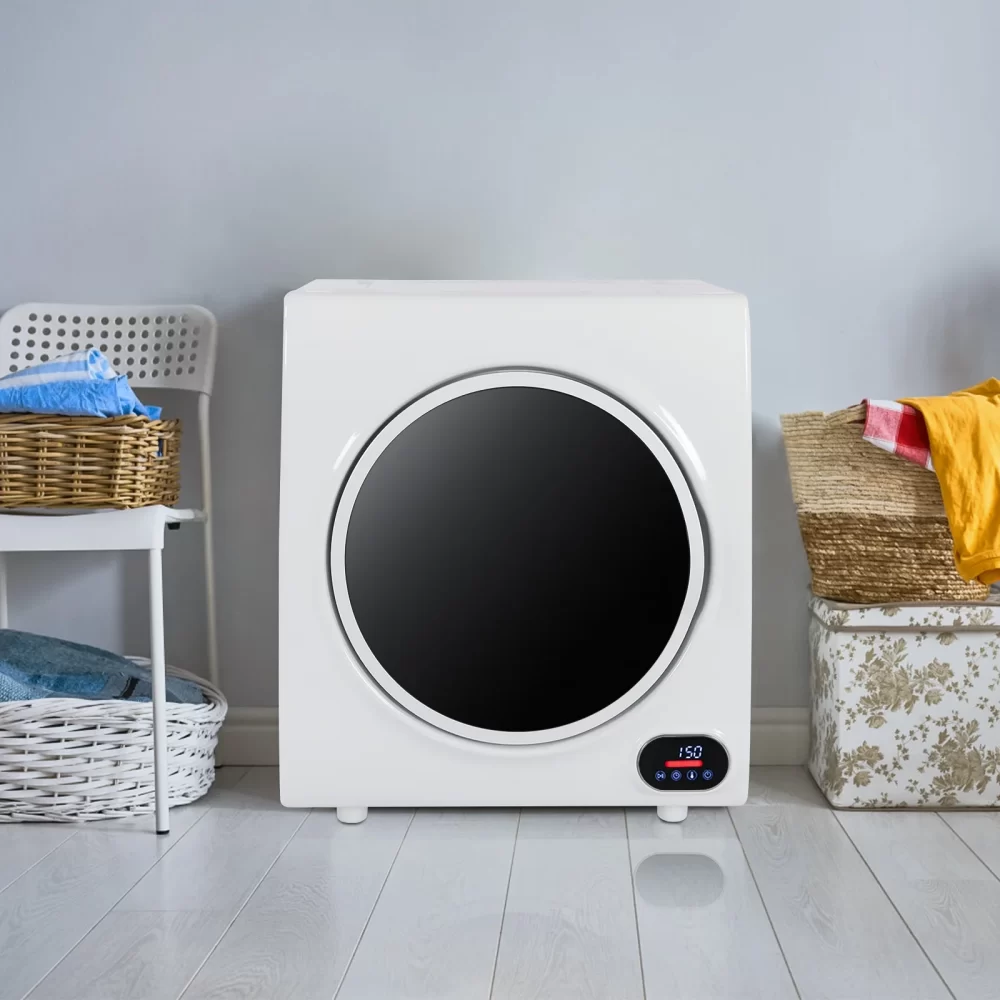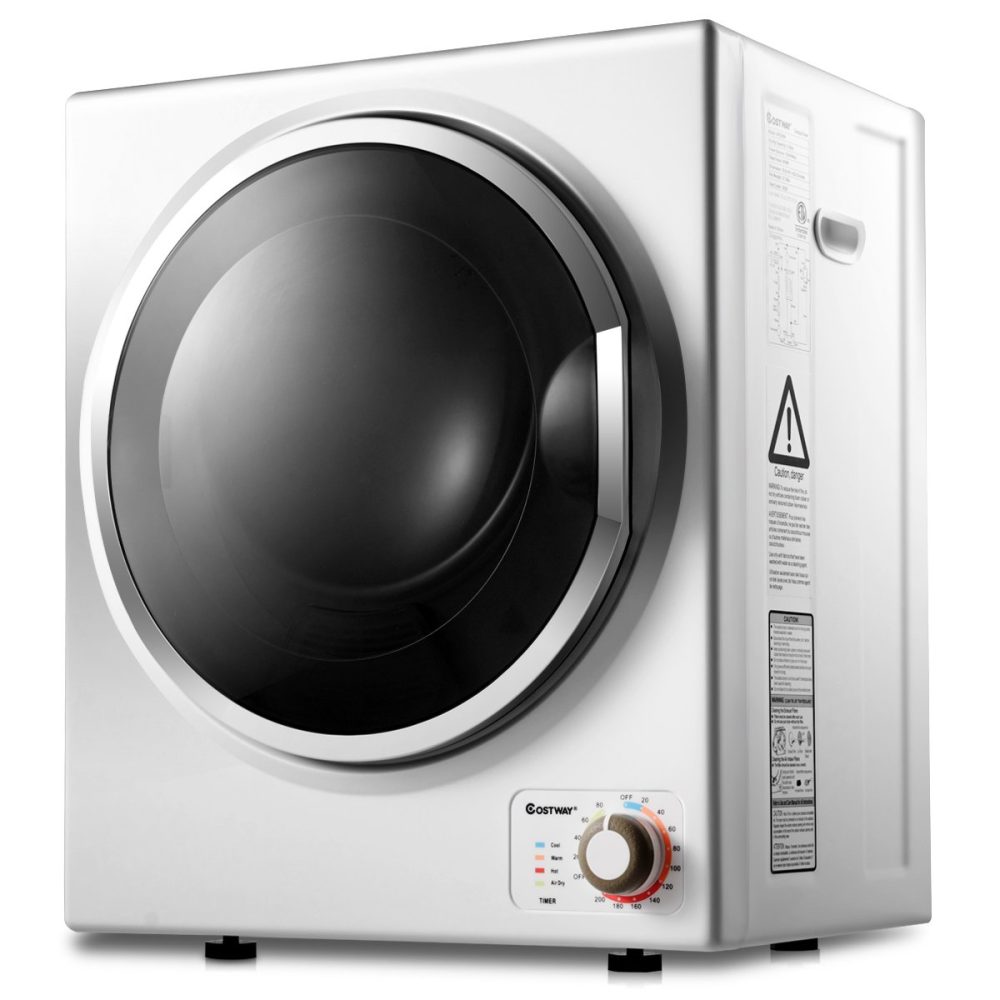The Dawn of Drying Clothes
When was the clothes dryer invented? Imagine living in a time where the sun and wind were your only allies in drying laundry. Centuries ago, people across the globe relied on nature to remove the moisture from their garments. Winters posed a particular challenge, with the risk of clothes freezing before they could dry. It was a time-consuming and weather-dependent chore that left much to be desired.
Early Methods Before Mechanical Inventions
Before machines, drying clothes was a simple yet painstakingly slow process. Garments were hung outdoors or near fireplaces, subject to the whims of the weather. The wealthy could afford to have their laundry dried indoors on racks, amply spaced for air to circulate. For most, outdoor lines and sunny days were the best hope for dry clothing. The process lacked efficiency and convenience, pushing innovators to dream up mechanical aids to ease this mundane task.
The Birth of the Mechanical Clothes Dryer
As we delve into the evolution of clothes drying, the important transition from natural methods to mechanical means marks a revolutionary period in laundry history. This section explores how innovation turned a complicated chore into a simpler, less time-consuming task.
From Open Fires to Hand-Cranked Innovation in the 18th Century
The journey of mechanical clothes dryers began in the late 18th century. The initial invention, known as the ‘ventilator,’ was quite rudimentary. This early dryer was a metal drum with ventilation holes. It had to be manually turned over an open fire. This method, while innovative, came with its own set of challenges. Clothes often ended up smelling of smoke or catching fire.
Soon after, advancements led to the creation of a safer version involving hand-cranking mechanisms. These dryers allowed air to circulate through clothes without the direct fire hazard. Inventors realized the potential for mechanical dryers that used air, rather than fire, paving the way for more efficient designs. Despite the manual effort required, it was a significant leap from merely hanging clothes in the sun or by the fireside.
This era set the stage for the breathtaking advancements that would follow in the centuries to come. Each innovation brought a new level of convenience and efficiency, eventually leading to the clothes dryers we recognize today.
The Advent of Electric Dryers
The road to modern laundry changed with the advent of electric dryers. Electricity promised a new ease in drying clothes, shifting the chore from manual to automatic.
J. Ross Moore and the Rise of Early 20th Century Dryers
J. Ross Moore, an inventor, hated drying clothes outside in winter. He built a shed, added a stove, and started drying clothes indoors. His efforts led to the first electric dryer, a major leap in laundry technology. After much work, Moore’s gas and electric models found a home with Hamilton Manufacturing in 1938, branded as ‘June Day’ dryers. These early electric dryers marked the beginning of a new era for household chores, making the task of drying clothes simpler and more convenient.
The Proliferation of the Modern Clothes Dryer
As history unfolded, the clothes dryer became more than an invention; it evolved into a modern household staple. With the ‘June Day’ dryer launched in 1938, the stage was set for this appliance to become ubiquitous in homes across America, particularly after World War II.
The ‘June Day’ Dryer and Post-WWII Boom
The ‘June Day’ dryer was the successor to J. Ross Moore’s groundbreaking models. These early versions set the foundation for the modern clothes dryer, buzzing with potential. As the Second World War ended, the American economy boomed, and consumerism soared. This period saw a surge in home appliance sales, positioning the clothes dryer as a must-have. By the mid-20th century, ‘June Day’ became a symbol of domestic convenience, and manufacturers hustled to keep up with demand.
This boom led to a cascade of innovation in the laundry world. The simple device became central to the post-war home’s efficiency and comfort, and soon, more and more families invested in this luxury turned necessity. The clothes dryer was no longer a novelty; it was an essential part of daily life.
Advancements and Automation in the 1950s and Beyond
The clothes dryer saw remarkable transformation post-1950s. With technological strides, dryers embraced automation, changing laundry forever.
From Basic Timers to Automatic Features
Early dryers had basic timers but soon, more features were added. Automatic shut-off and moisture sensors became standard. These upgrades brought new levels of convenience and care for garments.
Energy Efficiency and Gas-Powered Dryers
As the 20th century progressed, the focus shifted towards enhancing the clothes dryer’s energy efficiency. The 1970s marked a significant transition in the evolution of this appliance with the introduction of gas-powered dryers.
The Shift from Electric to Gas in the 1970s
In pursuit of better energy efficiency, the 1970s welcomed the gas dryer. This change offered a new method for heating air to dry clothes. Gas dryers heat up faster than electric ones, providing a quicker drying time. They use natural gas or propane as fuel, which was often more budget-friendly than electricity prices at that time. This shift reflected a growing concern for conserving energy and saving costs.
These new gas-powered models also flaunted improved reliability and performance. They became known for their lower operating costs. Many people saw the benefits and started replacing their electric models. Gas dryers gained a firm foothold alongside their electric counterparts. Their adoption paved the way for future trends in household energy usage and appliance design.
The clothes dryer’s journey from open fires to spinning drums is a tale of continuous innovation. It highlights the drive for greater convenience and efficiency in domestic chores. The introduction of gas-powered dryers stands as another key milestone in that journey.
Modern Innovations in Clothes Drying
Since the first mechanical dryer, innovation has not slowed down. Innovators continuously seek ways to enhance the drying experience. Modern dryers showcase cutting-edge technology and diverse functionalities.
Cutting-Edge Features and Diverse Dryer Types
Today, dryers are not just appliances; they are marvels of engineering outfitted with numerous advanced features. Features such as moisture sensors, steam-cleaning functions, and wrinkle prevention settings stand out. These technologies make it possible to not only dry clothes but also refresh and sanitize them without additional steps.
Dryer types have diversified as well. Consumers can choose from electric dryers, gas dryers, and newer heat pump dryers. These options cater to different needs and preferences. Heat pump dryers, for instance, are praised for their energy efficiency.
From the simple hand-cranked ventilators of the past to today’s sleek, multi-functional units, dryers have truly transformed. They continue evolving, promising even more convenience and efficiency in future models.
 The Clothes Dryer Today
The Clothes Dryer Today
Today’s clothes dryers are not just useful; they are essential in homes worldwide. Their development reflects significant tech strides to increase convenience and efficiency. Every model today boasts a variety of functions tailored to meet diverse consumer needs.
Ubiquity and Essential Status in Household Appliances
Clothes dryers have become commonplace, trusted for their time-saving abilities. In modern homes, dryers hold an essential status, evolving from luxury novelties to household necessities. Through various models – electric, gas, and heat pump dryers – they cater to different preferences and energy requirements. Their widespread use across different households underscores their critical role in daily life.


